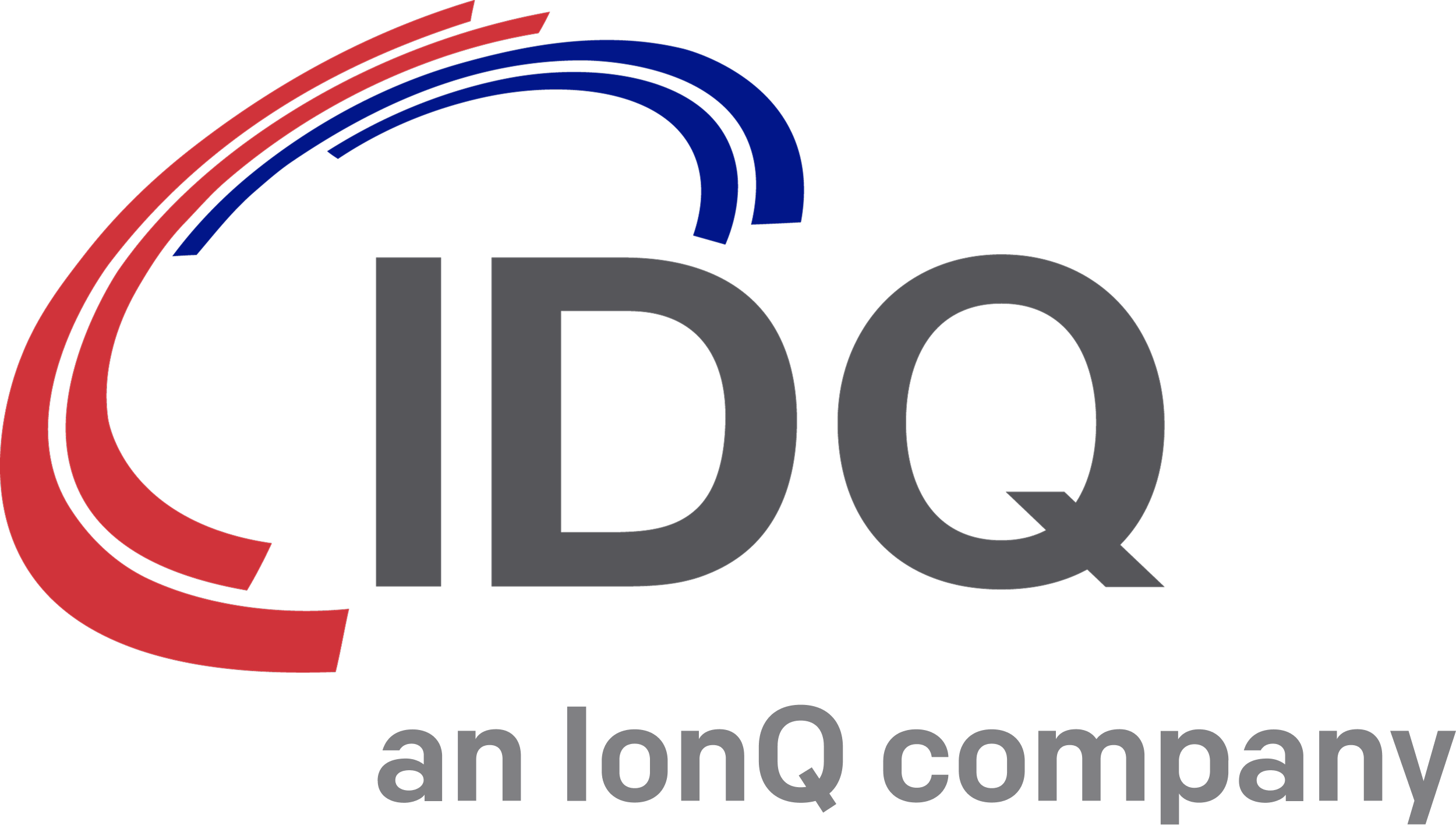Quantum Computing Review Q3 2020
As we enter the final quarter of 2020, we take a look back over what has been a busy 3 months in the world of quantum computing.
The third quarter of 2020 saw some significant announcements from the major players in quantum computing, including both state-run and privately owned initiatives. We also had a glimpse into the future with Google and IBM sharing some of their roadmaps for future quantum developments.
Addressing the qubit coherence challenge
One of the biggest challenges facing developers of quantum computing solutions is the phenomenon of decoherence. The challenge is that qubits, and especially quantum states built from a large number of qubits are notoriously fragile. Even the weakest of interactions with the external world, the environment, can cause them to lose their properties. This is the phenomenon of decoherence. For this reason, quantum computers are kept isolated from other systems, frequently at very low temperatures. However, decoherence is clearly the most significant limitation preventing the building of a large quantum computer.
This is why the recent research at the University of Chicago is so interesting: the team from the Pritzker School of Molecular Engineering appear to have identified a simple way to maintain qubit coherence 10,000 times longer than before.

US Dept. of Energy unveils blueprint for Quantum Internet
Staying with the University of Chicago for a moment. At a press conference held at the University in July, the US Dept. of Energy announced its strategy for developing a nationwide quantum communications network in its report: From long-distance entanglement to building a nationwide quantum internet: a report of the DOE Quantum Internet Blueprint Workshop.
“Decades from now, when we look back to the beginnings of the quantum internet, we’ll be able to say that the original nexus points were here in Chicago; at Fermilab, Argonne and the University of Chicago.”
Nigel Lockyer, Director, Fermilab
Recognizing the growing consensus that a prototype quantum communications network would become a reality by the end of the decade, the DOE launched an initiative back in February to establish an essential framework for development, identify the engineering and design challenges involved and setting near-term objectives.
Xanadu launches quantum cloud platform
North of the US-Canada border, Xanadu, a leader in photonic quantum computing, announced the release of a publicly available photonic quantum cloud platform. Xanadu believes photonics offers the most viable route to fault-tolerant quantum computing, with its ability to network a large number of quantum processors together. The new platform means developers now have access to 8 and 12 qubit machines, with a 24-qubit machine coming soon.
IBM delivers its highest quantum volume to date
In August, IBM revealed it had reached a new milestone on its quantum roadmap. Using one of its 27-qubit machines it achieved a quantum volume of 64. It’s difficult to put this into context as quantum volume is a measurement devised by IBM itself to gauge the relative performance of quantum computers. However, the relative quantum volume of systems is as good a metric as any and this latest announcement equates to the fourth time the team at IBM have doubled the output in as many years.

IBM roadmap for scaling quantum technology
In other IBM news, in September the technology giant published the roadmap it believes “will take us from the noisy, small-scale devices of today to the million-plus qubit devices of the future”.
IBM is committed to delivering ever-more powerful processors, with a 1,000 plus qubit device called IBM Quantum Condor planned by the end of 2023. Condor is the latest in IBM’s bird-themed solutions that include the commercially accessible Canary and Falcon processors (the 5 and 27-qubit systems respectively are available via the IBM cloud), the recently released 65-qubit Hummingbird and the 127-qubit Eagle (timetabled for 2021).
Google AI quantum hardware roadmap
During Google’s Quantum Summer Symposium 2020, Hartmut Neven delivered the opening keynote and revealed the company’s AI Quantum hardware roadmap. During the presentation he paraphrased Kennedy’s quote “we think we can do it by the end of the decade”. In the case, that “what” is a large, error-corrected quantum computer.
“We think by then we can build a large, error corrected quantum computer with a million physical qubits.”
Hartmut Neven, Director of Engineering, Google
ID Quantique in the news
ID Quantique announces that its newest Quantum Random Number Generator (QRNG) chip has been integrated in the Vsmart Aris 5G smartphone.
SK Telecom launches new IM Bank mobile app. The app is designed specifically for use on the Samsung Galaxy A Quantum, which features IDQs QRNG chip.
IDQ and SK Telecom are leading global standardization efforts for quantum technologies, with two draft QKD recommendations consented as standards.


